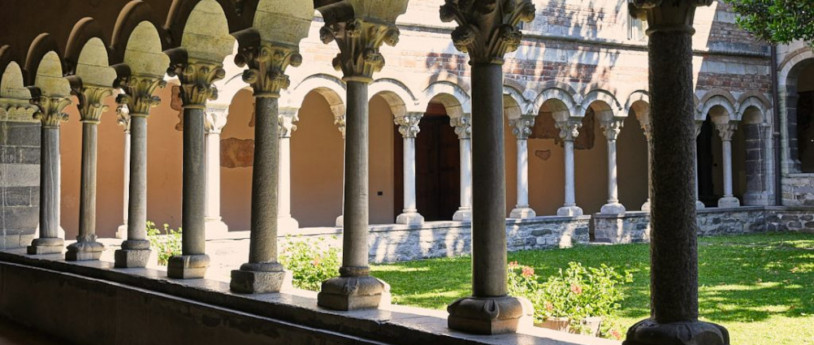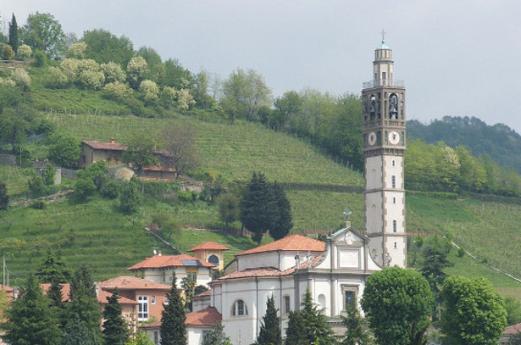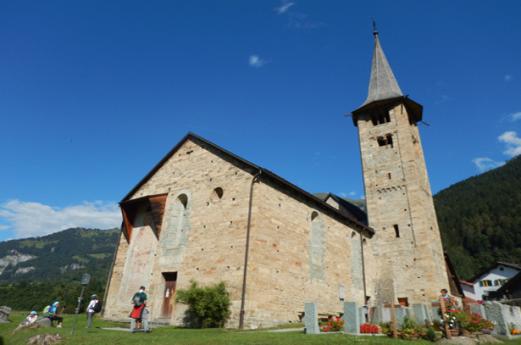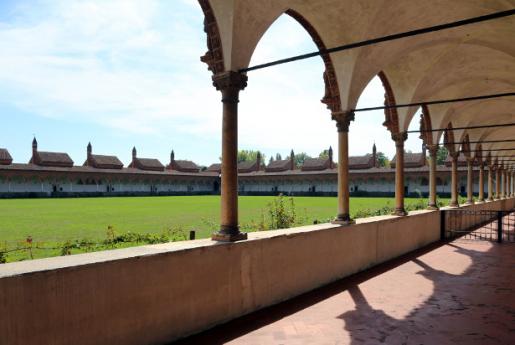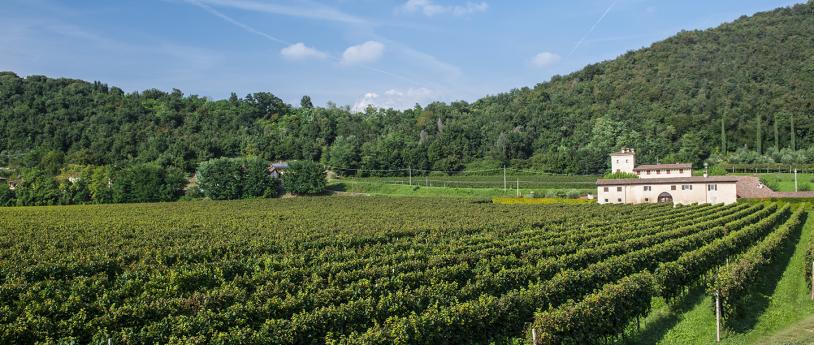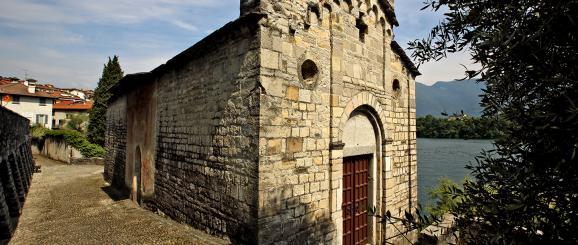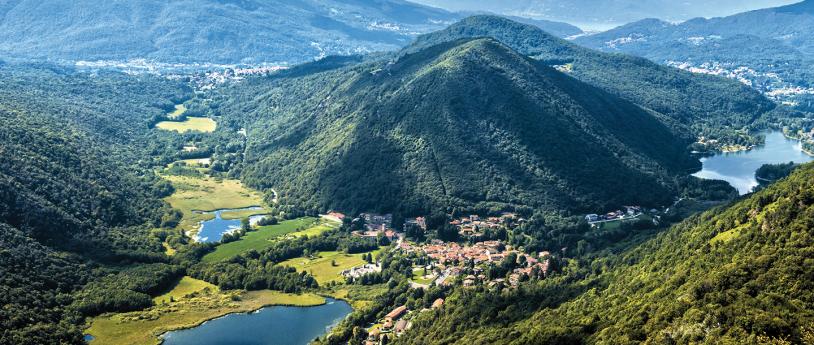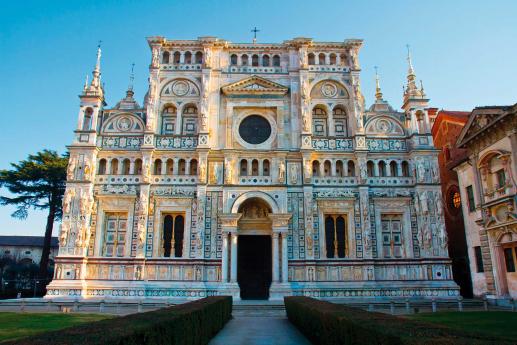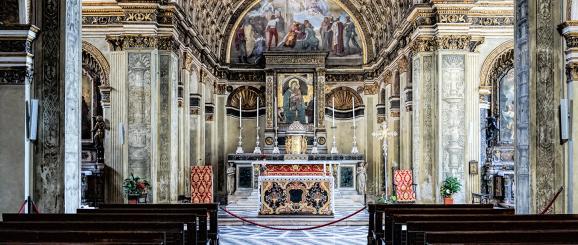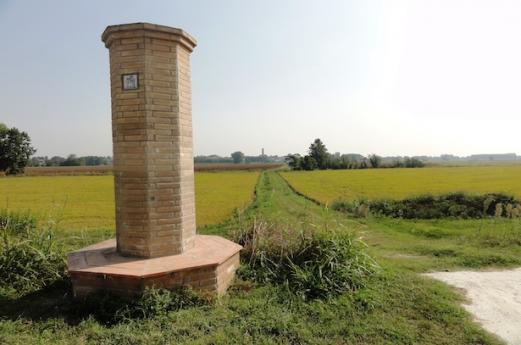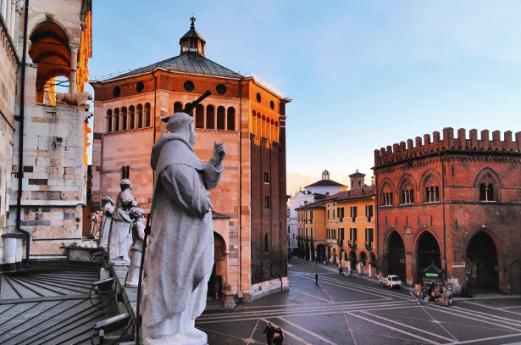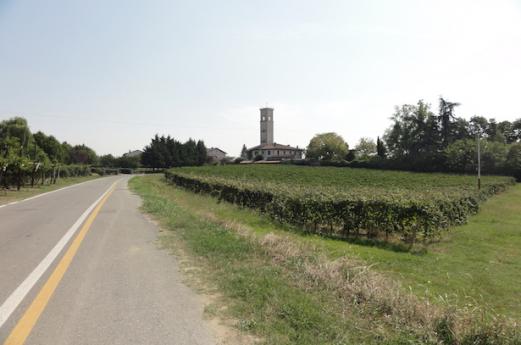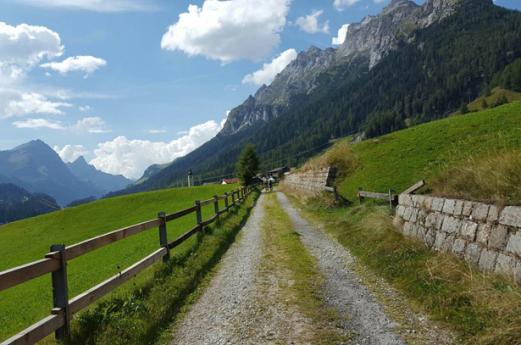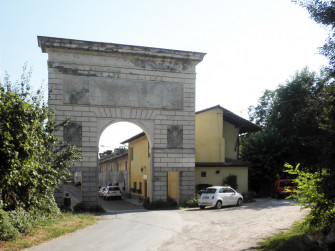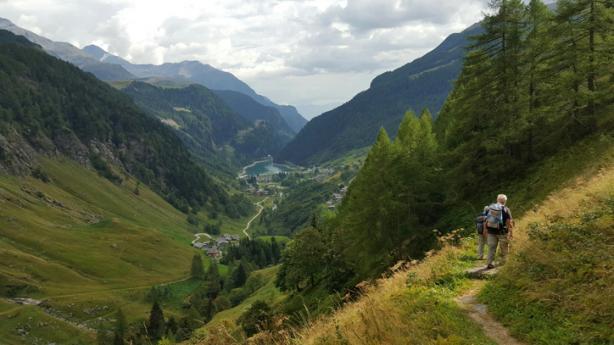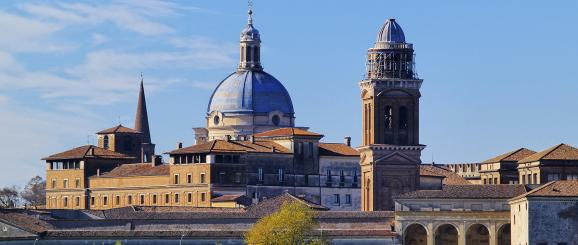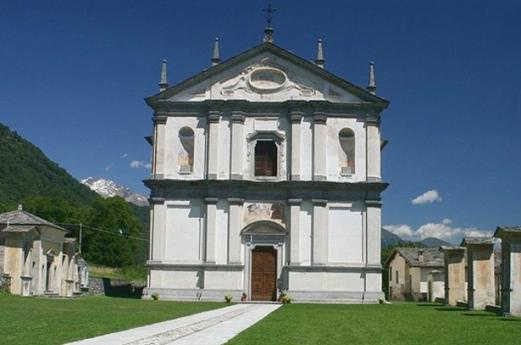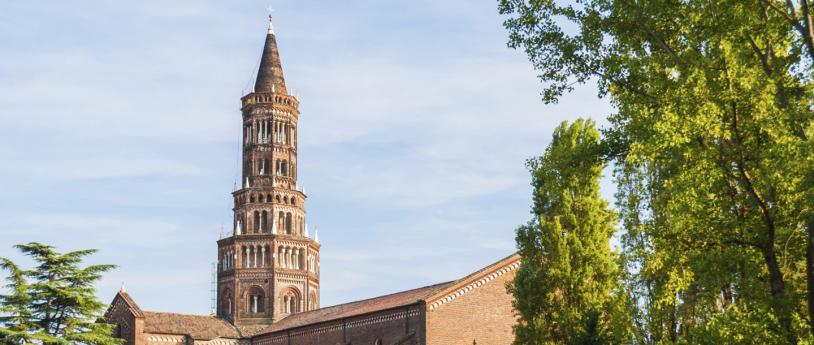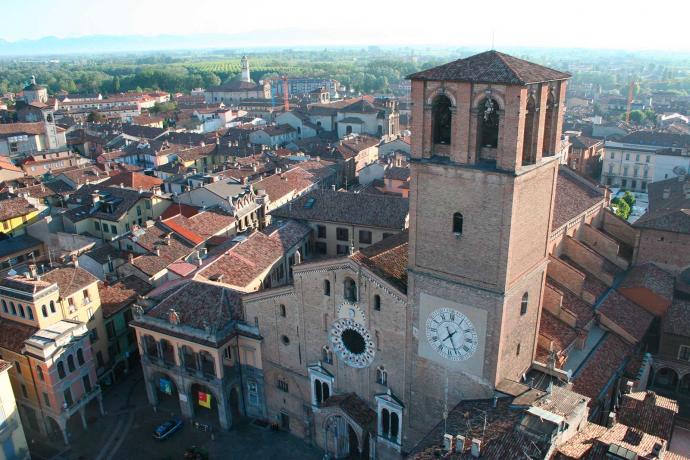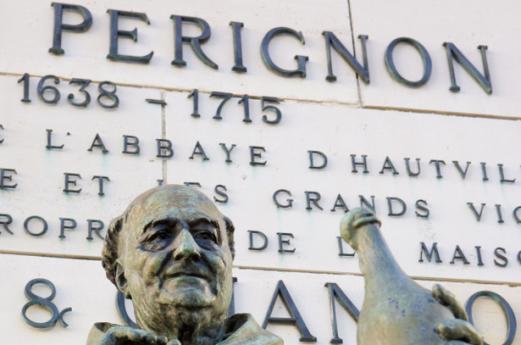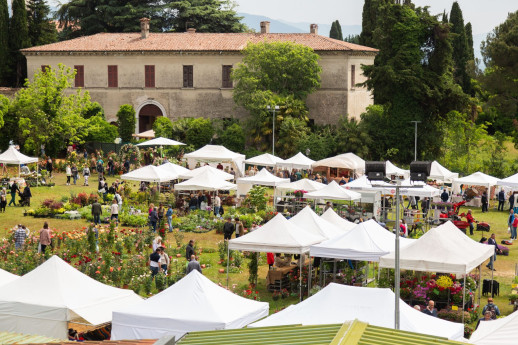- Religious Tourism
- Lakes
- Active & Green
La Via Regina
The Queen of the Ways, ancient, crucial. A network of travellers’ hospices and monuments evidence of the historic importance of the route
The ancient Via Regina, which for centuries has run along the western shore of Lario, is the ancient transalpine communication route of Lake Como.
Well documented in both archaeology and the Imperial Roman maps, it crossed the Alps at Spluga Pass, coming from the Reno Valley and Lake Costanza.
A communication and defensive route on the water together with Lake Como, it was from ancient times, a one of a kind axis between the center of the Alps and the Po Valley, reinforced by the Roman conquest towards the limes of Reno. Via “Regina” means the main cobblestone road, a public road, and it was documented this way for the first time in 1187.
The municipal statutes of 1335 document the extension of this name for the entire stretch between Como and Chiavenna. However, given the importance, it’s probable that the area also included Milan – Como, and quite possibly extended beyond Chiavenna.
Today, although partly absorbed by the modern-day S.S. 340 road, the route still preserves important and splendid historic stretches that, conveniently connected to the minor roads and local paths, guarantee the continuity of the route. All this in a context of
a unique and very beautiful environment, which has rightly brought it fame.
Via Regina was a Via Francigena, or a route to Rome, as confirmed not only in the documents but also by the extraordinary monuments and the presence of a widespread network of “hospices” where free spaces were reserved by statute for pilgrims on their way to Rome. The original route covers very interesting stages, filled with monuments, villas and historic places that are undoubtedly worthy of the attention of the visitor.
Palazzo Gallio in Gravedona, a characteristic Renaissance residence built at the beginning of 1583 by Cardinal Tolomeo Gallio.The Church of Santa Maria delle Grazie, which belonged to an Augustinian convent founded in 1467, it is one of the most interesting Renaissances complexes of Lario.The interior preserves numerous 16th century frescos.
The Santuario della Madonna della Pace in Menaggio, built in 1658 to mark the “Peace of the Pyrenees” at the end of the war between France and Spain. Inside, the altar has a bas-relief of 1484 that represents the Madonna with Child. The church of Sant’Agata a Moltrasio is from the Romanesque period, with murals painted on the outside wall. The interior preserves trace of frescos dating back to earlier decoration.
At Como, attention is drawn to the imposing building of Villa Olmo, a famous example of neoclassical architecture, built to the design of the Ticino architect Simone Cantoni for the Marquis Innocenzo Odescalchi.Admirable neoclassical decorations are preserved inside and there is a monumental, double-height drawing room with paintings by Domenico Pozzi.
The Romanesque basilica of Sant’Abbondio of the 11th century, built on the foundations of a previous, early Christian church.The building, made up of five naves, preserves a valuable cycle of frescos in the apse, probably painted between 1330 and 1340.
5 reasons to cover the route
- Sacro Monte di Ossuccio, a UNESCO World Heritage Site, includes a sanctuary and 14 chapels, built between 1644 and 1699, adorned with terracotta statues and frescos.
- Isola Comacina, known for its fascinating archaeological heritage and the artists’ residences designed by the architect Pietro Lingeri. It is possible to admire the remains of a number of religious buildings constructed in rationalist style before the destruction of the island in 1169.
- The complex of Villa d’Este in Cerbobbio stands on the site of the ancient Villa Garrovo, which belonged to Cardinal Tolomeo Gallio. Converted into a luxury hotel, in the garden it preserves a scenic exedra and a flight of steps with a false cave housing a statue of Hercules and Lica.
- Villa Erba, built in neo-Renaissance style between 1894 and 1898 on the initiative of Luigi Erba. Thereafter, it became the residence of the director Luchino Visconti, and is currently part of a museum tour.
- The Cathedral of Como, characterised by a centrepiece of marble and decorative elements on the facade. The interior of the Duomo is adorned with sixteenth and seventeenth century tapestries, paintings and other works of art that confirm its sumptuousness and beauty.
